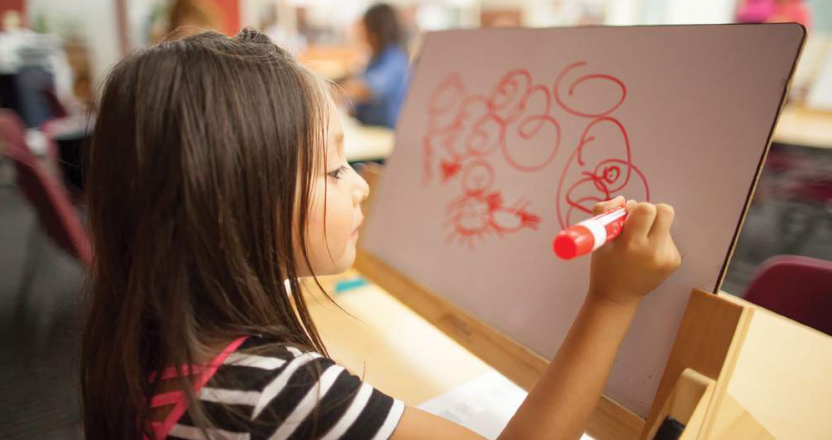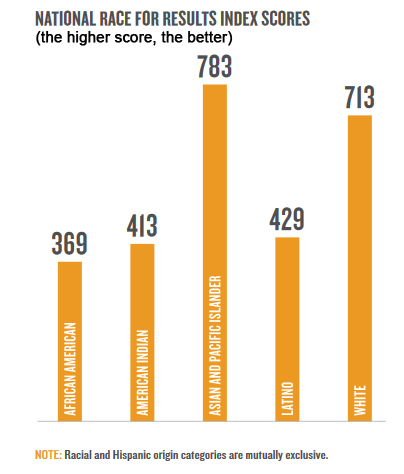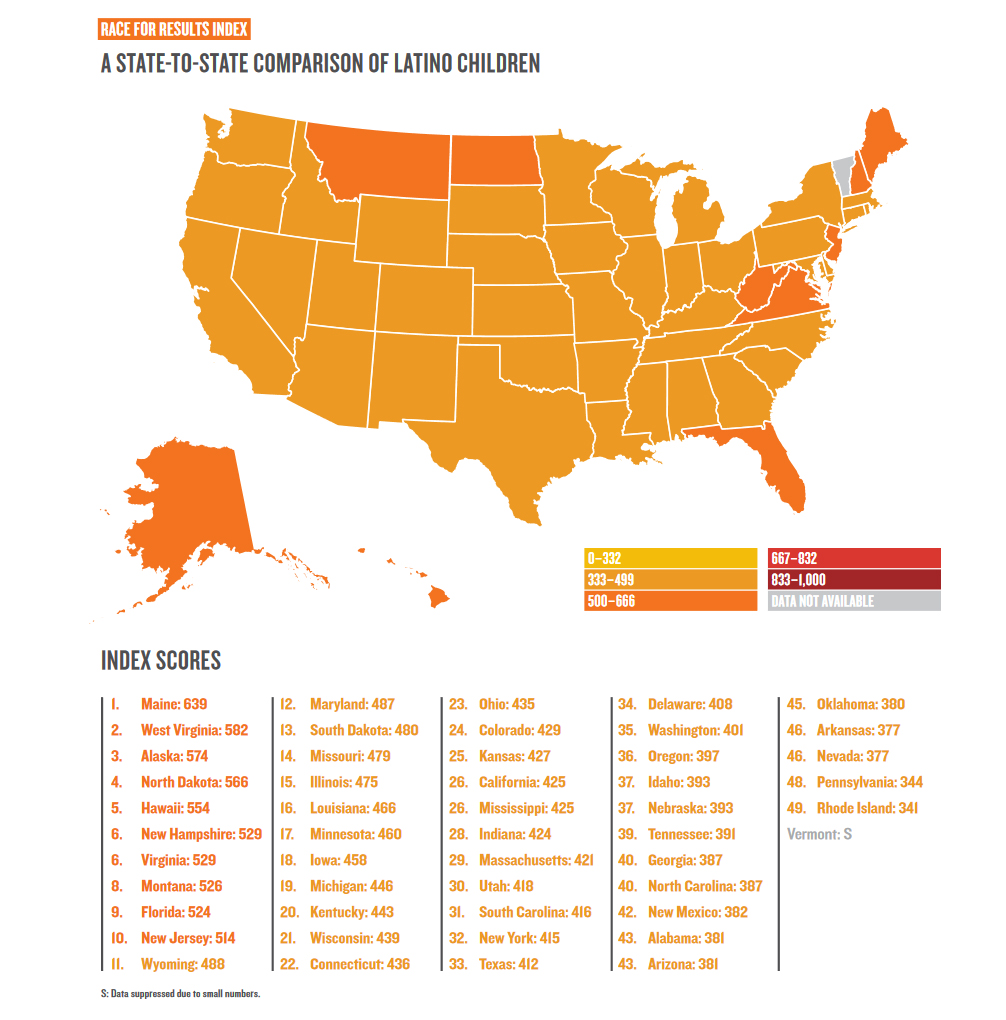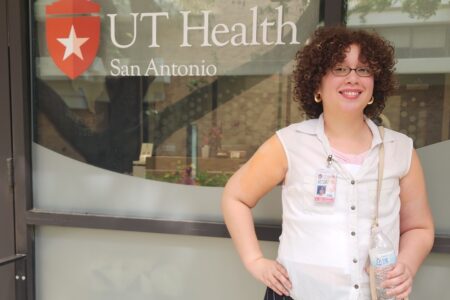
Share On Social!
U.S. Latino, black, and American Indian children have bigger obstacles to success than white and Asian children, according to a new report.
The report, the Race for Results from the Annie E. Casey Foundation, scores how children are progressing on 12 key milestones from birth to adulthood. Milestones include math proficiency, graduation data, teen birth rates, employment prospects, poverty, and more.
 The higher the score (0-1,000), the better children fare.
The higher the score (0-1,000), the better children fare.
Latinos’ actually increased to a score of 429 in 2017 from 404 in this same report from 2014.
Yet this score is well below Asian (783) and white children (704), slightly ahead of African-America (369) and American Indian (413) children, and remains a “cause for deep concern,” according to the report.
“We will lose a great deal if policymakers don’t expand existing policies that work and implement new legislation to support children in immigrant families, as well as millions of U.S.-born children of color,” Patrick McCarthy, president and CEP of the Casey Foundation.
Latino Families Face Uphill Climb
Among Latinos, only 10 states had index scores above 500, with the highest score in Maine (639).
The states with the lowest scores were in the South and Southwest.
 The range of scores for Latino children—341 to 639—is the narrowest of all racial groups.
The range of scores for Latino children—341 to 639—is the narrowest of all racial groups.
“On nearly every measure, Latino children in immigrant families have steep obstacles in connecting to opportunity,” according to the report. “The only exception is that Latino children in immigrant families are more likely to live in two-parent families than those in U.S.-born families (77 percent vs. 52 percent, respectively).”
Case in Point: Pennsylvania
Pennsylvania ranked 48th of 49 ranked states in Latino youth well-being.
Latinos are 6.1% of Pennsylvania’s population. About 37% of Latinos here live in poverty, unemployment is at 7.7%, and the home ownership rate is the 10th lowest in the country. In addition, the incarceration rate is 2,001 per 100,000/population, third-highest in the nation.
For instance, many community programs and even welfare offices often lack bilingual services and are ill-equipped to provide services to Latinos.
“I say it’s easier to find funding for a box of puppies who are left on the street corner to help them than it is to find funding to help undocumented folks,” Monica Ruiz, a community organizer at Casa San Jose, a Latino social service agency in Pittsburgh said, Pitt News reports.
Pennsylvania’s adult obesity rate is 30.3%, in which 39.5% are Latinos.
Latino parents report more obstacles to perform physical activity than non-Hispanic white parents. Most of all, Pennsylvania does not have a set definition for physical activity in ECE settings or laws preempting local policies related to nutrition.
Early childhood education also is an issue.
Only 8 percent of fourth graders from immigrant families were adept in reading compared to 38% of students who are children of U.S.-born citizens, according to the new report. Latinos also have the lowest percentage of school enrollment for children ages 3-5 compared to other races and ethnic groups.
Get Proactive!
Many school personnel, health advocates, and community leaders are urging proactive government attention for Latino youths.
Bruno Vizcarra, chair of Pitt’s Hispanic and Latino Professional Association, says that Pennsylvania needs a “progressive government” that supplies better programs, proactive organizations, and provide effective resources for Latino youth.
“I think the government, small and large, are going to have to adjust because they are going to start seeing these families arriving,” Vizcarra told Pitt News. “Whether they like it or not, their children are going to be here for a long time — they are the future working generation.”
Schools need to be better equipped with resources such as improved resources for English proficiency and bilingual staff for Latino youth. Hence hire well trained staff to handle the Spanish language and begin increasing interaction with Hispanic students.
Furthermore, health advocacies need more energy, resources, people, etc.
So get to know your elected officials. Do you know your state legislature or local city councilman? Because they are representing your interest. Stay informed, become a local leader to make changes from the bottom up.
Stay Involved:
- Pennsylvania Department of Health promotes healthy lifestyles, prevent injury/disease and assure quality health care for all citizens.
- Community Action Association of Pennsylvania represents 43 community action agencies to empower people as they move from poverty to self-sufficiency.
- After School Alliance keep kids safe, boost student success, and help parents keep their jobs.
- U.S. Department of Housing and Urban Development Pennsylvania supports community development and increase access to affordable housing.
- Health Occupations Students of America helps students meet the needs of the health care community.
By The Numbers
25.1
percent
of Latinos remain without health insurance coverage



